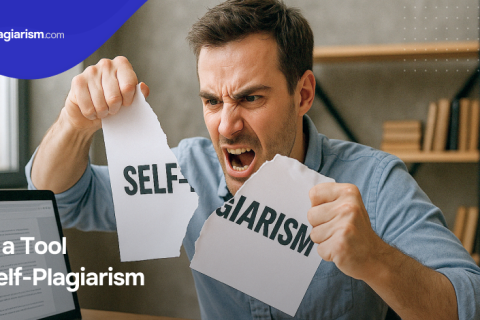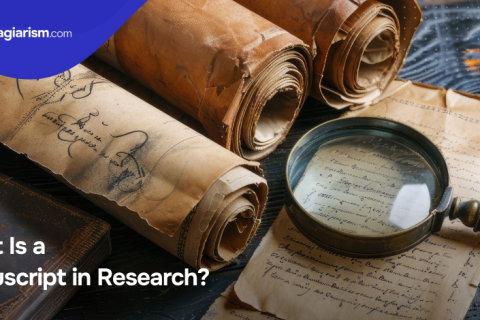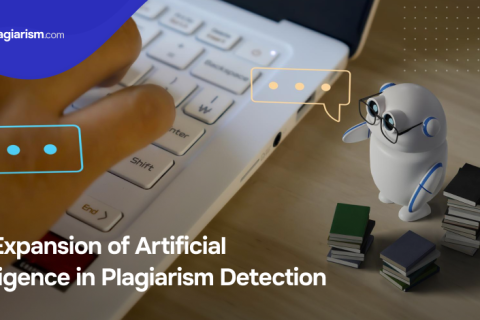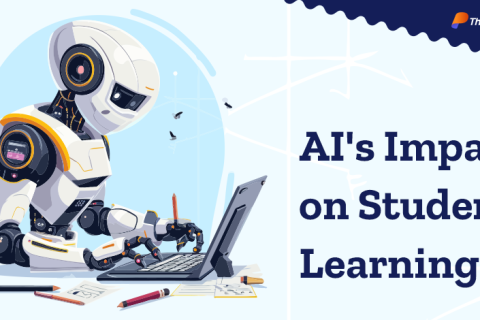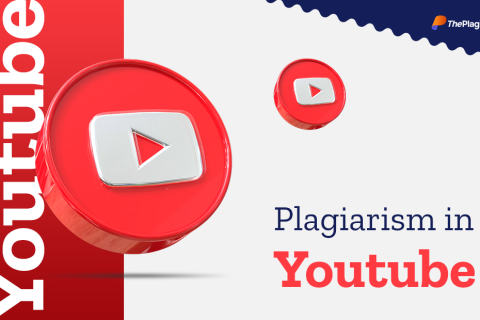AI-Generated Art: Truly Original or Merely Imitated?
15 Nov 2024
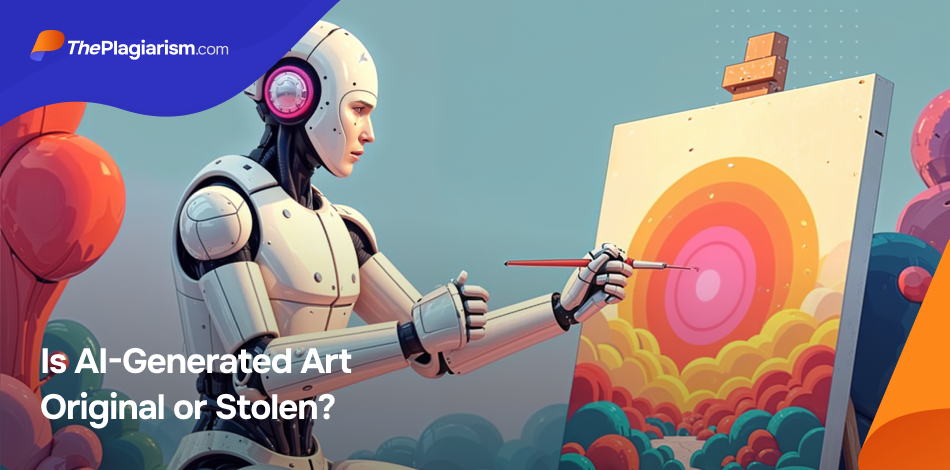
Not everybody can make rhymes. These are only genuinely gifted people who can create striking paintings and drawings. Are these statements still true in the era of artificial intelligence? It seems that things have changed dramatically. If you open your Facebook account, you will see loads of AI-generated spam images of disabled mothers, soldiers, smiling babies and crying elderly people, asking for a like or a birthday wish. Reading through new poems and stories, you never know whether they were created by a thoughtful author or simply produced on the basis of a few prompts and keywords by certain sophisticated software. Does AI boost human creativity or simply steal what people have done? Is using AI equal to exploitation of talented painters whose works are used in databases for AI training? A combination between AI and poetry, AI and research, as well as AI and art, raise a number of ethical questions which worry creative people around the globe.
Is AI Art Stealing?
Image generators are getting more and more sophisticated, accessible, and powerful. Still, even taking into account all the advantages of modern technologies, the question is where they get this power from. The idea of borrowing from other artists sounds like an actual fraud. Even if AI is simply a creative partner of an artist, there are some deep concerns. Science News Explores emphasizes the problem of extensive datasets needed to train AI models and gives an example of 2.3 billion borrowed images in the library used as training data for Stable Diffusion which belongs to the company Stability.AI. This is undoubted cheating and this dataset is only one of millions of examples!
What is the core idea of an AI image generator? It is supposed to give a picture from scratch without any right of ownership. Still, no one gets a guarantee that some of the images used for training are not partially reproduced or at least mimicked in the unique manner or style of the original author.
Plagiarism vs. Talent and Inspiration
AI companies put forward a great deal of arguments to prove that AI stealing art is nonsense and the entire responsibility should be placed on artists themselves:
- Not only AI systems, but also human artists take inspiration from the works of others. Such reliable plagiarism detection systems as ThePlagiarism.com and others can check whether the influence of other works can be traced in a new piece of art, no matter if it is created by AI or human artists.
- Without enormous amounts of images for training, generative AI cannot reveal its striking potential. So, it is a price for progress and further development.
- Artists do not experience any loss if their works get into the databases for training AI algorithms.
- Referencing the used works or compensating the human artists for provision of their works is challenging as the scope of data as well as the number of those artists is huge.
Despite all those excuses, using illustrations and pieces of art imply AI art stealing from artists if that is done without any permission given. Art generated by AI cannot be hand-crafted. If someone claims that, it is a demonstration of dishonesty. Building upon the original ideas, AI can be only an assistant in collaboration with the artist, but not the creator.
Power of AI in the World of Art
Is AI art stealing? If the answer to this question is yes, there should be certain copyright claims to protect the ownership against artificial intelligence; otherwise, the artists would lose their monopoly on creative work. Everything can be remixed, reused, rewritten, and replicated. Although some artists believe that without openness to new technologies, you can be easily left behind and lose all chances to win successful tomorrow, it is still unclear who should give the profit from the work that uses a mixture of ideas from others. For instance, The Hollywood Reporter draws the public attention to the decision of the court to decline to dismiss the claims of copyright infringement against the companies which use AI models. A federal judge could not leave unnoticed billions of pictures used for AI training without any authorization or compensation.
The computer systems still have not got perfect understanding of the human psychology or anatomy. That is why in some images the objects may look a bit creepy or weird, but it is clear that it is only the beginning and with more effort of the developers, the AI art will amaze with its refinement. For sure, it is an outrage when what happens is evident theft of the artistic trademarks of famous artists, but in most cases it is a compilation of many previous works. Does it look like democratization of traditional art and bringing more technicalities and masterful features to creativity? Not really. What it looks like is creating wallpapers and images for social media posts, but not expressing emotions through the images. A human piece of art breathes life and it visually brings memories and excites feelings if it is done by a talented artist instead of simply presenting a beautiful picture as AI does.
Can AI kill art? Hopefully, it will never happen and the hype around the hazards of artificial intelligence will soon be over. Human artists with their ability to react to the moment and demonstrate their sense of interplay will be the winners in the war between machines and talent. There is an intrigue in the spiritual and emotional world of creating art whether AI can make others experience emotions without having consciousness itself. Not today, for sure.
So, does AI art steal art? Yes, it does if there is no compensation given to original artists even if their works are used only as training models. It actually manipulates art and that fact is a matter of fear for art lovers and actual artists. What is needed is collaboration between humans and AI to see what amazing results can an artist obtain, using their talent and intuition in combination with limitless capabilities of artificial intelligence.

